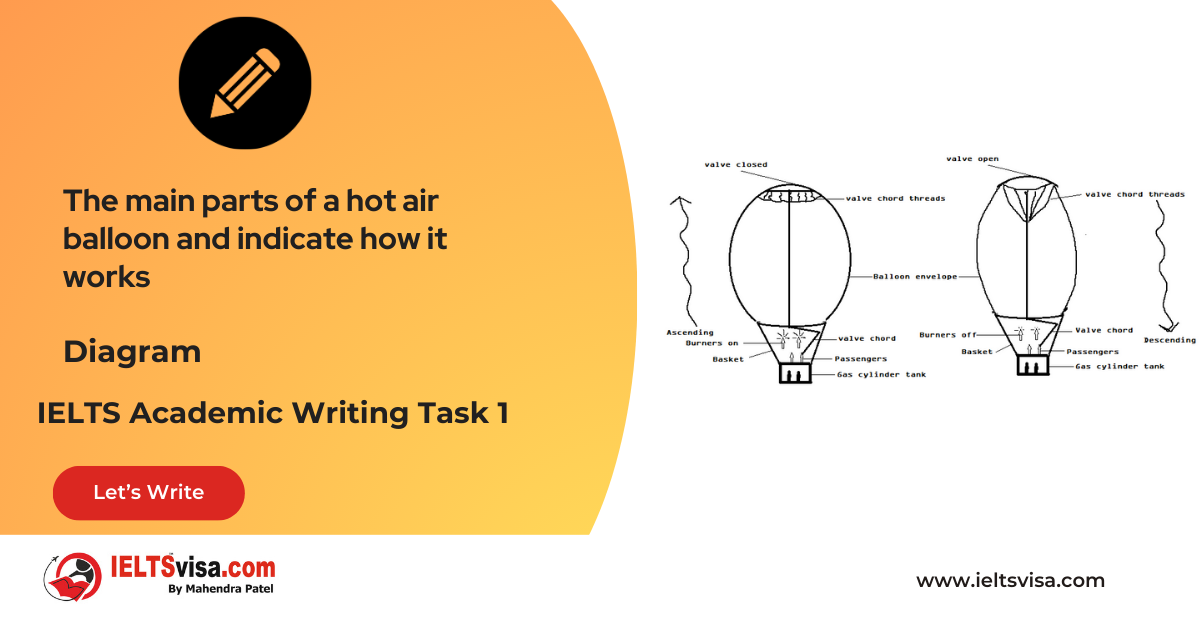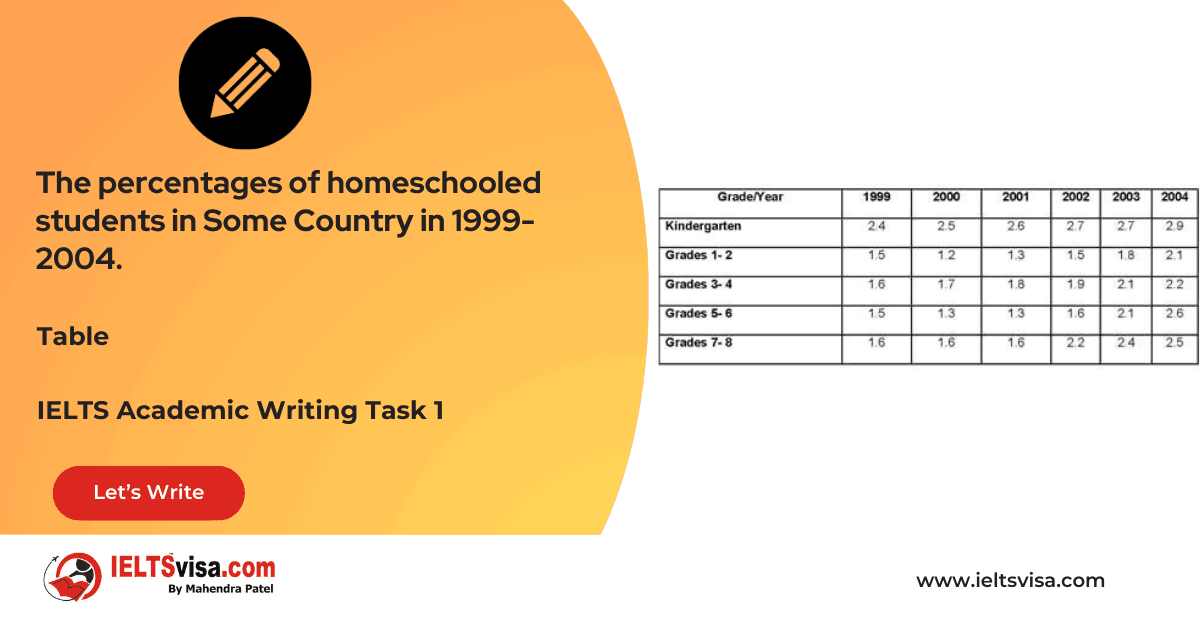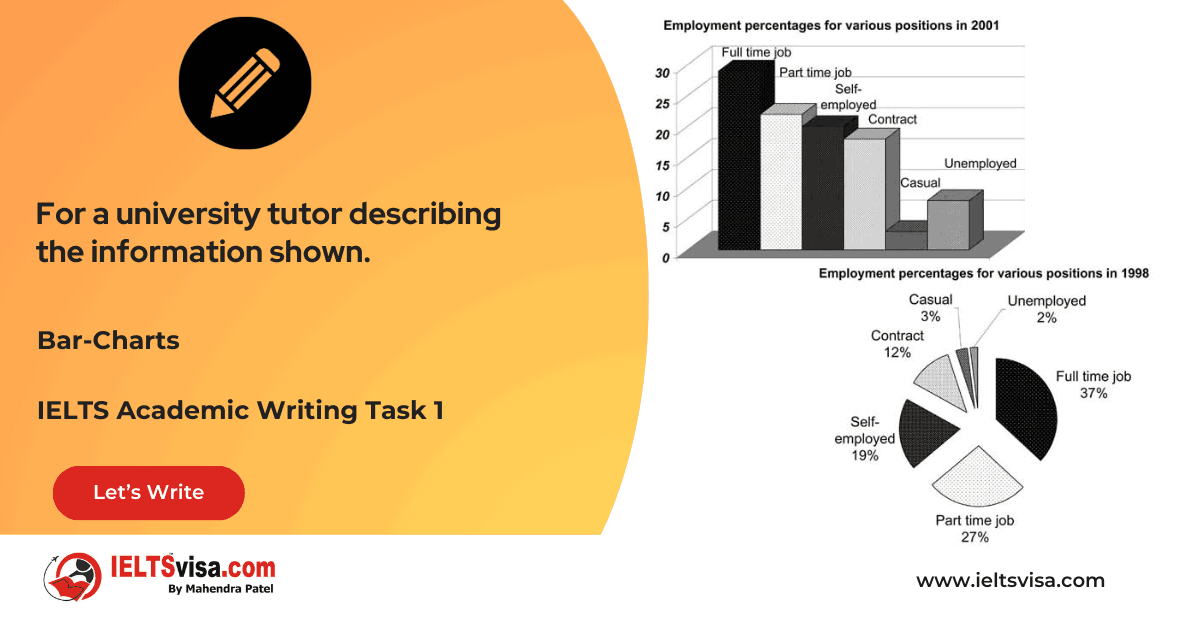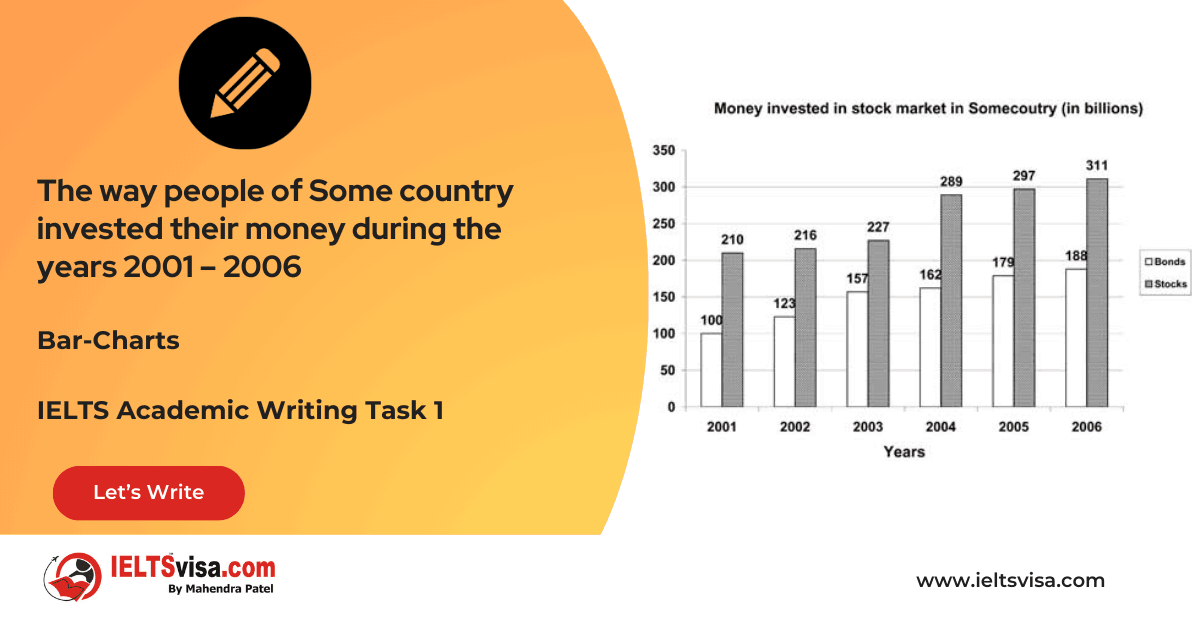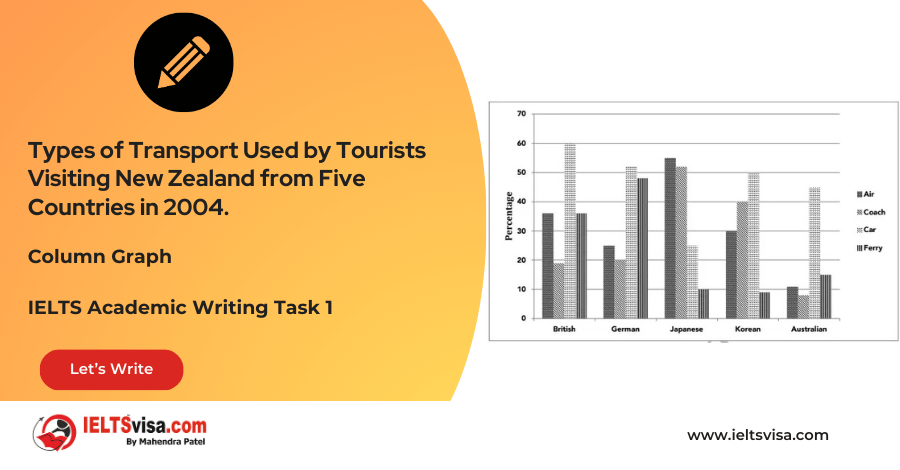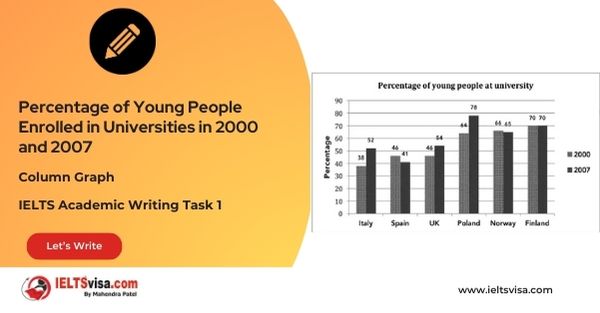The number of hours each teacher spent teaching in different schools in four different countries in 2001
IELTS Academic Writing Task 1 - Bar Chart
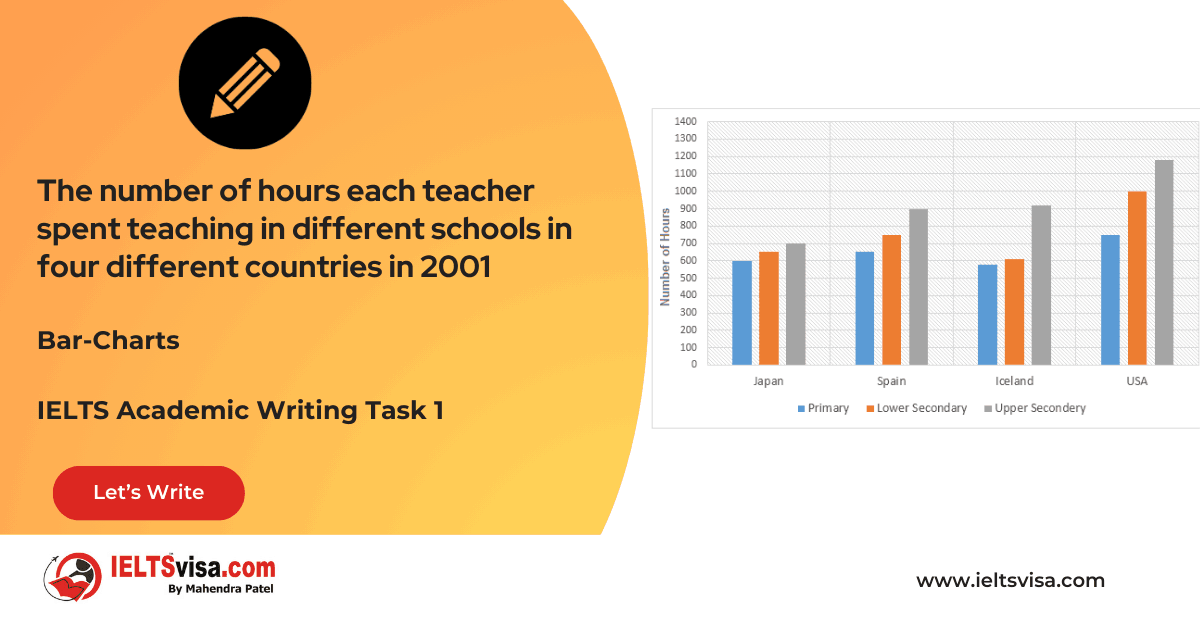
IELTS Writing Task 1 Question
The bar charts below show the number of hours each teacher spent teaching in different schools in four different countries in 2001. Summarize the information by selecting and reporting the main features, and make comparisons where relevant. You should write at least 150 words.
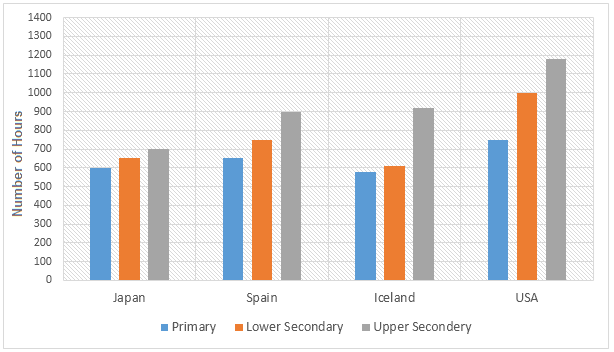
Common Questions for the Bar Chart
1. Diagram Type: Bar Chart
2. Title: Average Teaching Hours in 2001 by Country and School Level
3. What are the units of measurement? Number of hours
4. Who: Teachers in Japan, Spain, Iceland, and the USA
5. When: 2001
6. Where: Japan, Spain, Iceland, USA
7. Topic: Comparison of teaching hours across four countries for primary, lower secondary, and higher secondary school levels
Detailed Process and Observations
Summary of Data :
- The bar charts compare the number of hours teachers spent teaching in primary, lower secondary, and higher secondary schools in four countries (Japan, Spain, Iceland, and the USA) in 2001.
1. Primary School :
- Teachers in Japan, Spain, and Iceland spent roughly 600 hours teaching primary school students. In contrast, teachers in the USA spent the most time, approximately 750 hours, in primary schools.
2. Lower Secondary School :
- US teachers spent the most time (1000 hours) at the lower secondary level, followed by teachers in Spain (750 hours). Teachers in Japan and Iceland spent about 600 hours each.
3. Higher Secondary School :
- At the higher secondary level, US teachers continued to spend the most time (1200 hours), while teachers in Iceland and Spain spent around 900 hours, and Japanese teachers spent only about 700 hours.
Sample Answer
The bar charts illustrate the average number of hours teachers spent teaching at different school levels in Japan, Spain, Iceland, and the USA in 2001.
Overall, teachers in the USA spent significantly more time teaching at all school levels compared to their counterparts in the other three countries, and the teaching time generally increased with the school level.
At the primary school level, teachers in Japan, Spain, and Iceland each spent roughly 600 hours teaching, while US teachers spent the most time, at approximately 750 hours. At the lower secondary level, teachers in the USA spent the most hours—about 1000—followed by Spanish teachers, who spent around 750 hours. Teachers in Japan and Iceland spent about 600 hours at this level.
The most significant difference is seen at the higher secondary school level, where US teachers spent approximately 1200 hours, 300 hours more than those in Iceland and Spain, who spent around 900 hours. Japanese teachers spent the least time, around 700 hours.
Top 27 Vocabulary
| Vocabulary | Meaning | Synonyms | Examples | Type |
| Duration | The length of time something lasts | Length, period, span | US teachers spent the longest duration teaching primary students. | Noun |
| Disbursed | Distributed or allotted | Allocated, assigned | Spanish teachers disbursed 750 hours on lower secondary education. | Verb |
| Mentor | A teacher or advisor | Instructor, guide | A US mentor spent 1000 hours teaching lower secondary students. | Noun/Verb |
| Pupil | A student, especially in a primary or secondary school | Student, learner | Japanese teachers spent 700 hours with higher secondary pupils. | Noun |
| Significant | Sufficiently great or important to be noticed | Notable, considerable | A significant difference in hours was observed in the higher secondary level. | Adjective |
| Illustrate | To explain or make something clear using visuals or examples | Depict, demonstrate | “The bar charts illustrate the hours spent teaching in different countries.” | Verb |
| Average | A calculated central value of a set of numbers | Mean, median | “The average teaching hours varied across school levels.” | Adjective |
| Level | A specific stage or rank | Stage, tier | “The teaching hours increased with the school level.” | Noun |
| Counterpart | A person or thing having the same role in a different place | Equivalent, peer | “US teachers spent more hours teaching than their counterparts in Iceland.” | Noun |
| Primary | Relating to the first stage of education | Elementary, foundational | “Teachers spent 600 hours teaching at the primary level in Japan.” | Adjective |
| Secondary | Relating to education following primary education | Intermediate, high school | “Teaching hours increased at the lower and higher secondary levels.” | Adjective |
| Approximately | Close to but not exactly | Roughly, about | “US teachers spent approximately 1200 hours at the higher secondary level.” | Adverb |
| Distribution | The way something is shared or spread | Allocation, division | “The distribution of teaching hours varied by school level and country.” | Noun |
| Variation | A difference or change in condition or amount | Difference, disparity | “There was a noticeable variation in teaching hours across the countries.” | Noun |
| Exceed | To go beyond a set limit | Surpass, overtake | “US teachers exceeded 1000 hours of teaching at the lower secondary level.” | Verb |
| Noteworthy | Deserving attention due to importance or significance | Remarkable, significant | “The most noteworthy difference was seen at the higher secondary level.” | Adjective |
| Contrast | A clear difference between two or more things | Difference, distinction | “The charts show a contrast in teaching hours between Japan and the USA.” | Noun |
| Peak | The highest or most intense point | Summit, apex | “The peak teaching hours were recorded in the USA at 1200 hours.” | Noun |
| Range | The extent between the lowest and highest values | Span, scope | “The range of teaching hours was largest at the higher secondary level.” | Noun |
| Trend | A general direction or pattern | Pattern, movement | “The trend shows an increase in hours with higher school levels.” | Noun |
| Emphasize | To give special importance or prominence to something | Highlight, underscore | “The passage emphasizes the significant time difference in teaching hours.” | Verb |
| Dominant | Having the most control or influence | Leading, prevailing | “US teachers were dominant in terms of teaching hours across all levels.” | Adjective |
| Proportion | A part or share of a whole | Fraction, percentage | “A higher proportion of teaching hours was spent at the higher secondary level.” | Noun |
| Allocate | To distribute resources or tasks for a specific purpose | Assign, apportion | “Teachers allocated more time to higher secondary education in the USA.” | Verb |
| Demonstrate | To show clearly by providing evidence | Exhibit, illustrate | “The graph demonstrates the teaching hours across different countries.” | Verb |
| Noticeable | Easily seen or detected | Apparent, evident | “There was a noticeable increase in teaching hours in the USA from primary to secondary.” | Adjective |
| Decline | A gradual decrease in value, number, or intensity | Reduction, drop | “Teaching hours in Japan showed a decline at the higher secondary level.” | Noun |

Our Books
Master IELTS Speaking Part 1
IELTS Writing Task 1 Book
IELTS Writing Task 2 Book
Writing Task 1 Question Types
Practice IELTS Other Modules
IELTS Listening
The IELTS Listening test assesses how well you can understand spoken English in various contexts. It lasts about 30 minutes and is divided into four sections with a total of 40 questions. The listening tasks become increasingly difficult as the test progresses.
IELTS Academic Reading
The IELTS Academic Reading section assesses your ability to understand and interpret a variety of texts in academic settings. It is designed to evaluate a range of reading skills, including skimming for gist, reading for main ideas, reading for detail, understanding inferences, and recognizing a writer's opinions and arguments.
IELTS Speaking
The IELTS Speaking test assesses your ability to communicate in English on everyday topics. It lasts 11-14 minutes and consists of three parts: introduction, cue card, and a discussion based on the cue card topic.
IELTS General Reading
IELTS General Reading tests your ability to understand and interpret various types of texts. Here are some key areas and types of content you can expect to encounter in the reading section, along with tips for effective preparation.
IELTS Academic Writing Task 1
In IELTS Academic Writing Task 1, you are presented with a visual representation of information, such as graphs, charts, tables, or diagrams, and you are required to summarize, compare, or explain the data in your own words.
IELTS General Writing Task 1
In IELTS General Writing Task 1, you are required to write a letter based on a given situation. The letter can be formal, semi-formal, or informal, depending on the prompt. Here’s a breakdown of the key components to include in your letter
IELTS Academic Writing Task 2
In IELTS Academic Writing Task 2, you are required to write an essay in response to a question or topic. Here’s a guide to help you understand the essential elements of this task
IELTS Exam Tips
To succeed in the IELTS exam, practice regularly, familiarize yourself with the test format, improve your vocabulary, develop time management skills, and take mock tests to build confidence.
Grammer for IELTS
Grammar is the foundation of effective communication in English. Understanding tense usage, subject-verb agreement, and sentence structure enhances clarity and coherence in writing and speaking.
Vocabulary for IELTS
Vocabulary plays a crucial role in the IELTS (International English Language Testing System) exam, especially in the Speaking and Writing sections. Here’s an overview of why vocabulary is important and how it impacts your performance
RECENT IELTS SAMPLES QUESTIONS AND ANSWERS
Task 1 – Diagram – A conference hall built in 1981 and planned for 2020
20:00 Start Pause Stop [df_adh_heading title_infix="IELTS Writing Task 1 Question" use_divider="on"...
Task 1 – Table – The percentages of homeschooled students in Some Country in 1999-2004.
20:00 Start Pause Stop [df_adh_heading title_infix="IELTS Writing Task 1 Question" use_divider="on"...
Task 1 – Table – For a university tutor describing the information shown.
20:00 Start Pause Stop [df_adh_heading title_infix="IELTS Writing Task 1 Question" use_divider="on"...
Task 1 – Bar-Charts – The way people of Some country invested their money during the years 2001 – 2006
20:00 Start Pause Stop [df_adh_heading title_infix="IELTS Writing Task 1 Question" use_divider="on"...
Task 1 – Diagram – Rainwater Harvesting and Conversion to Drinking Water in an Australian Town.
20:00 Start Pause Stop [df_adh_heading title_infix="IELTS Writing Task 1 Question" use_divider="on"...
Task 1 – Column graph – Percentage of Young People Enrolled in Universities in 2000 and 2007.
20:00 Start Pause Stop [df_adh_heading title_infix="IELTS Writing Task 1 Question" use_divider="on"...

